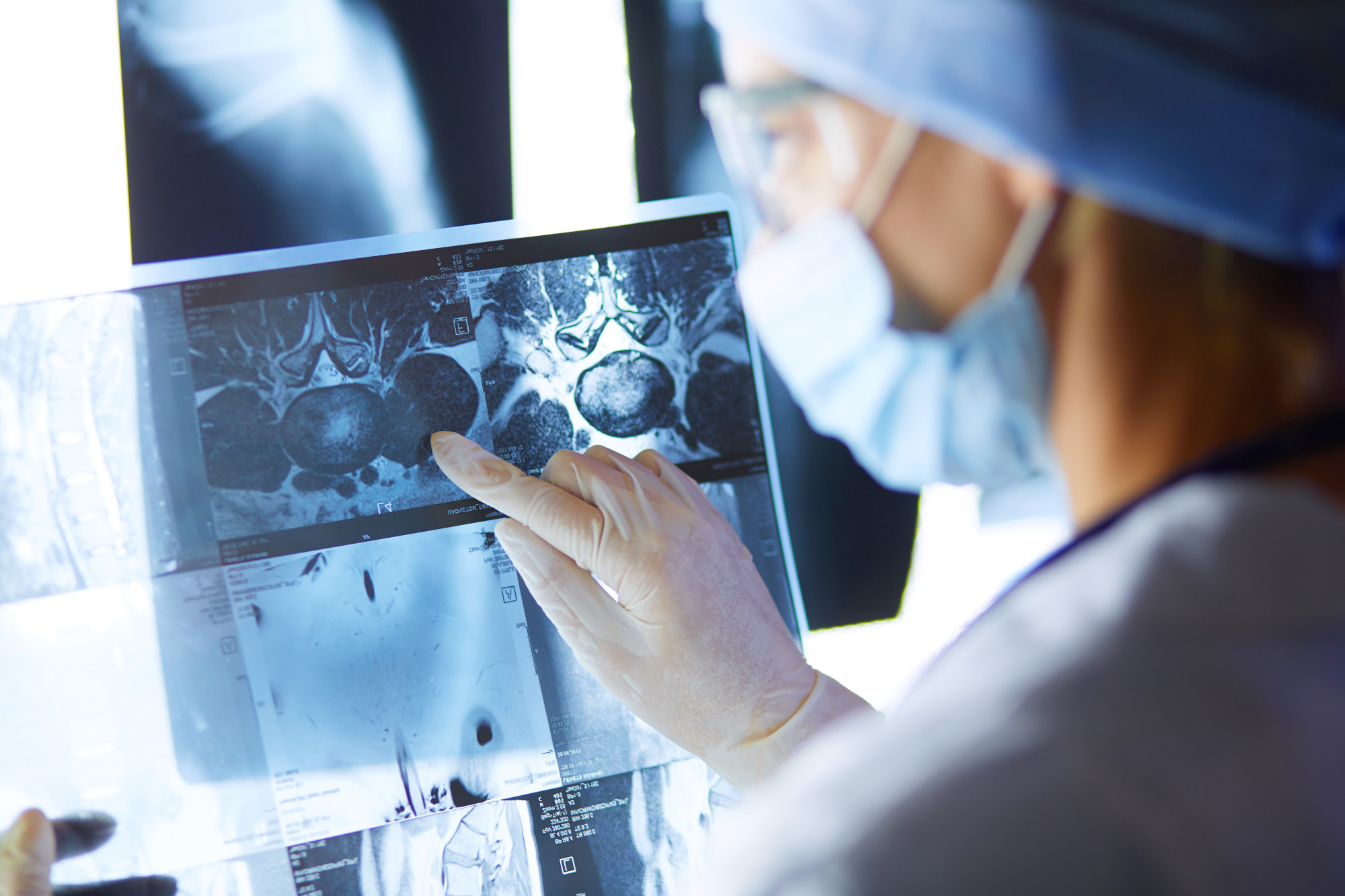Funding Institution
National Institute of Health
Start date
18-08-19
End date
31-05-2024
NIH
Imaging and Analysis Techniques to Construct a Cell Census Atlas of the Human Brain.

Objectives
Three-dimensional human brain atlases are increasingly important for integrating complex datasets into useful community resources. The project aims to create a multi-scale atlas—akin to Google Earth™ for the human brain—to map hemisphere-wide networks and also zoom in to see individual, labelled cells at micron resolution. This advance will be made possible through multiple imaging technologies, including light-sheet microscopy, tissue clearing, immunohistochemistry, magnetic resonance imaging, and newly-developed techniques in Optical Coherence Tomography. The ability to probe the cellular properties and multi-scale networks of specific areas in the human brain could evolve into an automated system for visualizing the entire human brain in health and disease.
Outcomes
The ~86 billion neurons that form the human brain are organized at multiple scales, ranging from the fine details of an individual neuron’s dendritic arborization to local circuits that are embedded within large-scale systems spanning the brain. In this project, we will image across this vast range of scales to create a multiscale atlas akin to Google Earth for the human brain that can visualize hemisphere-wide networks and then zoom in to see individual, labelled cells at micron resolution in the frontal temporal lobe. This dramatic advance will be made possible through the use of an array of imaging technologies, including light-sheet microscopy (LSM), tissue clearing, immunohistochemistry (IMH), magnetic resonance imaging (MRI) and newly developed techniques in Optical Coherence Tomography (OCT). OCT, in particular, is a potentially transformative technology as it provides micron resolution over large volumes of tissue, images all of the tissue (as opposed to fluorescence), does not require mounting and staining and hence can be automated, and is essentially distortion-free as it images the tissue prior to cutting. LSM-based IMH will provide molecular,
morphological and spatial properties of cells that will enable us to develop cellular classification systems, while OCT images of the same tissue will enable us to remove the distortions induced by cutting and clearing, and transfer information to whole-hemisphere MRI for atlasing and in vivo inference. Deep learning will be used to leverage anatomical expertise for automation and the capability to scale up to large sections of tissue. The successful completion of this project would provide a clear path to scaling up to an automated system capable of visualizing the detailed morphology of individual neurons over the entire human brain.



